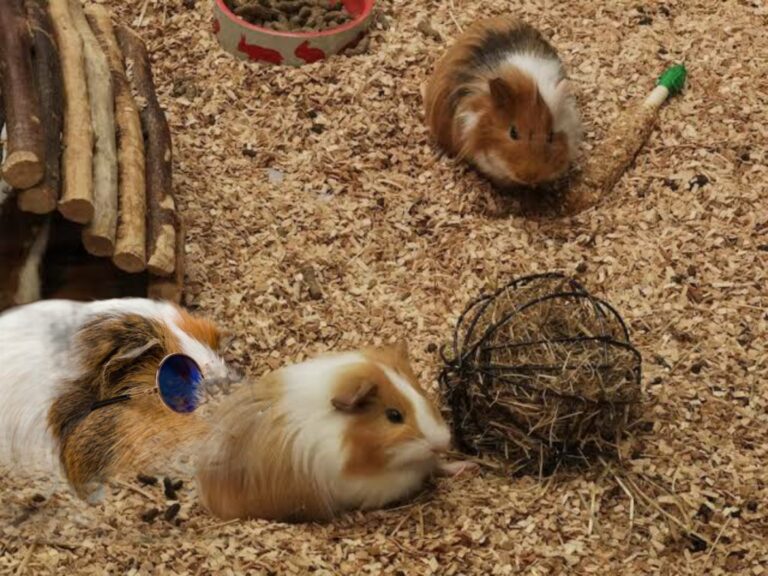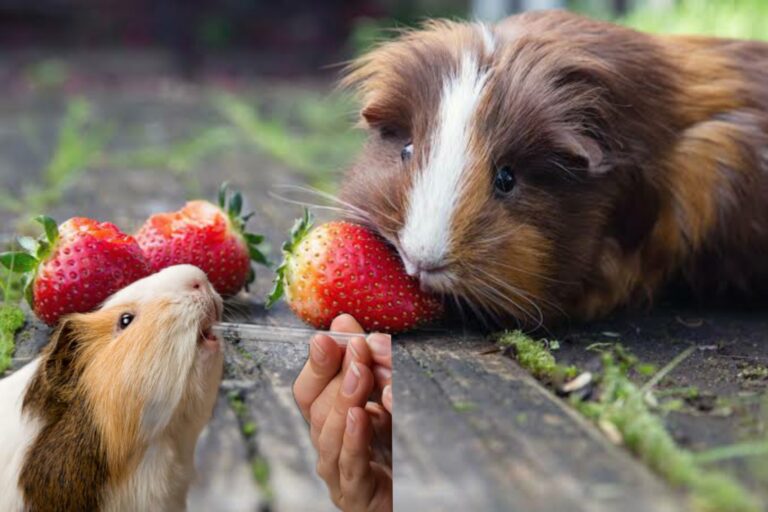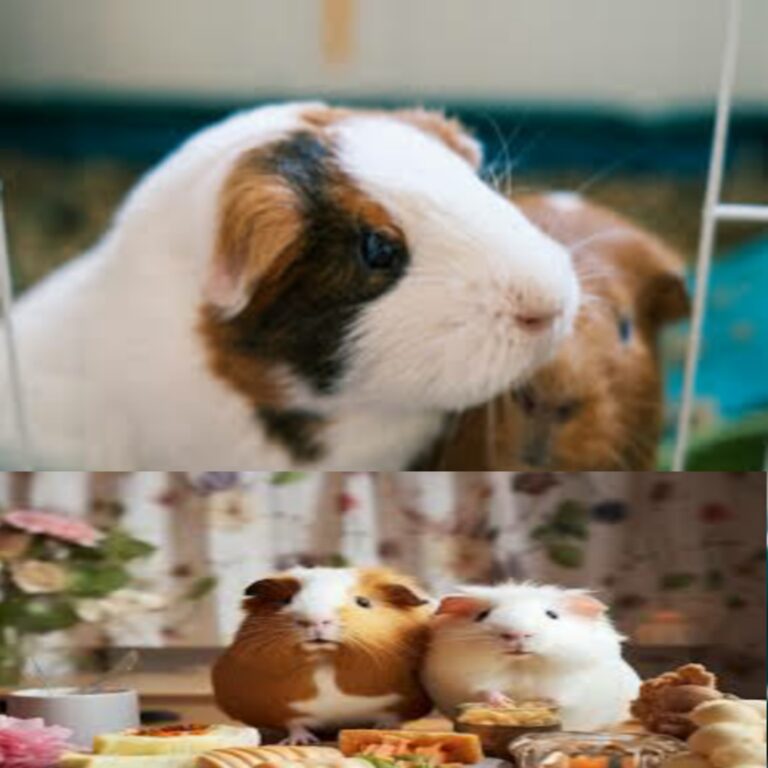Hello everyone! It’s Caroline from Nigeria Guinea Pig Rescue, and today I want to share some tips on traveling safely with guinea pigs. In this article, We’ll assume we are traveling with five guinea pigs and four of them will be in particular carrier. Imagine that this cage is a cage that is safe and suitable for transporting pigs than squeezing them into a small box or cat carrier.
Before we dive in, I want to address something I’ve seen people do that concerns me. I’ve noticed some folks traveling with their guinea pigs in rubber buckets or tubs used for gardening or horse feed. These brightly colored tubs are not safe at all! They can easily tip over, and if there’s an accident, the guinea pigs could get hurt, and it could be dangerous for the driver too. Always use a secure carrier or cage to keep your guinea pigs safe during travel.
Now that we’ve covered that, let’s talk about the substrate. For the purpose of this article, i’m using wood-based cat litter and Snowflake Wood Shavings for the bottom of the cage. You can get these at a local store for a great price, depending on where or country you are reading this article from. Though for my audience in Nigeria and Africa generally, you can source for alternatives for this because there is no snow out here. Now let’s continue. To let you know, It’s important to use a substrate when traveling, especially for long journeys, because guinea pigs tend to pee and poop more when they’re stressed. The substrate absorbs moisture better than towels or fleece, which can trap them underneath and make them uncomfortable.
Imagine in a cage I have three girls and they will be in the cage for several hours. For this reason, I want to make it as comfortable as possible. Now let’s add a water bottle holder and a hay rack to keep them hydrated and entertained. I won’t be putting pellets in the cage because guinea pigs often don’t eat when they’re stressed. Instead, I’ll provide some fresh vegetables and hay for them to munch on.
I’ve filled the hay rack with hay and some ready grass as a treat. Ready grass is a type of hay that’s higher in calcium and phosphorus, so I’m using it sparingly in this article since I have guinea pigs of different ages. There’s also hay on the floor in case they’re nervous about reaching for the hay in the rack.
To keep the guinea pigs cool during the car journey, I’m taking a few precautions. Imagine the weather is currently cool and damp, which is great for our trip in this article. I’ll be using air conditioning in the car, and I’ve prepared some chilled water bottles to keep them comfortable.
I’ve placed the water bottles in the fridge overnight to cool them down. They won’t be frozen, just nice and cool. I’m also bringing some vegetables, like peppers and carrots, to provide extra moisture and something tasty for them to nibble on.
Another way to keep them cool is by using frozen water bottles. I’ll put an old sock over the frozen bottle to prevent direct contact with the guinea pigs, as their sensitive skin could get too cold (you can use alternatives in practical). I’ll place one large and one small ice bottle in the cage. The large one will go in a cool bag for the ferry ride, and we can swap it out when needed.
Lastly, I’ll cover the cage with a damp, cool towel. I’ll soak the towel, freeze it for about half an hour, and then lay it over the cage. This will help keep the air inside the cage cool and provide a bit of moisture, which won’t harm them. It’s also a good idea to cover part of the cage to help them feel secure during the journey.
You can try this out any time you are travelling with your furry friends. It may sound imaginative but in real life this is exactly how i once traveled with my guinea pigs. I hope these tips help you prepare for your own travels with guinea pigs! If you have any questions or want to reach out, you can find us on Facebook or email me directly. All my contact information is available on our website. Thank you for reading, and safe travels with your furry friends!




